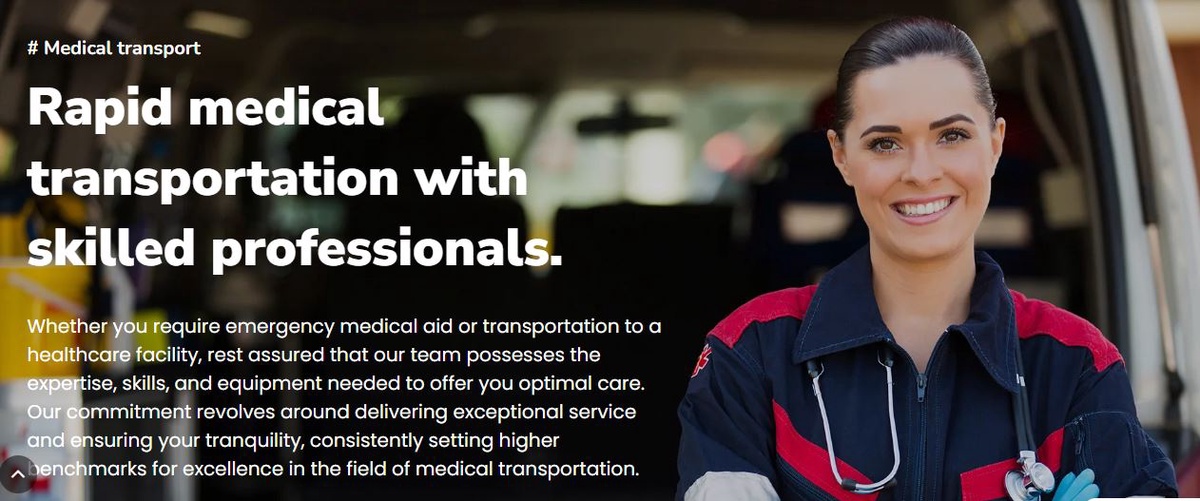Providing safety is the first and foremost thing to do, especially in medical transportation flights. These high-stakes missions involve transporting critically ill or injured patients, often over long distances. Ensuring the well-being of both patients and medical professionals requires meticulous safety measures and protocols. Here, let us discuss the safety standards and protocols followed in a private medical flight to ensure safety.
Aircraft Maintenance
The first line of defense in ensuring safe flights is meticulous aircraft maintenance. Private medical flight operators adhere to rigorous maintenance schedules, ensuring that their aircraft are always in optimal condition. This includes regular inspections, servicing, and adherence to manufacturer-recommended maintenance procedures.
Licensed and Experienced Crew
The crew of private medical flights comprises highly trained professionals, including pilots, medical personnel, and support staff. Pilots hold the necessary certifications and experience to operate under various conditions, while medical personnel are experts in providing in-flight care. Continuous training and skill development are ongoing requirements.
Safety Equipment
The International Medical Transportation Services flights are always equipped with necessary safety equipment. This includes advanced avionics, navigation systems, emergency medical equipment, and patient care devices. All equipment is regularly inspected and tested to ensure it functions right when needed.
Weather Monitoring
Weather conditions can be unpredictable, so private medical flight crews are trained to assess and respond to changing weather patterns. They rely on advanced weather monitoring systems and can access up-to-date forecasts to make informed decisions about flight routes and potential delays.
Communication Protocols
Communication is key to maintaining safety. During emergency medical repatriation, private medical flights constantly contact air traffic control, ground support teams, and medical facilities. Backup communication systems are in place to ensure uninterrupted contact in the event of technical issues.
Emergency Response Protocols
Even if we have taken all the precautions, emergencies can still arise. Private medical flight crews should be well-prepared for such scenarios. They follow well-defined emergency response protocols in place, including procedures for medical emergencies, aircraft malfunctions, or weather-related issues.
To conclude
Private medical flights are a lifeline for patients in critical conditions. Dedication to safety ensures that patients receive the highest standard of care during their journey to medical facilities, even in the most challenging circumstances.


No comments yet